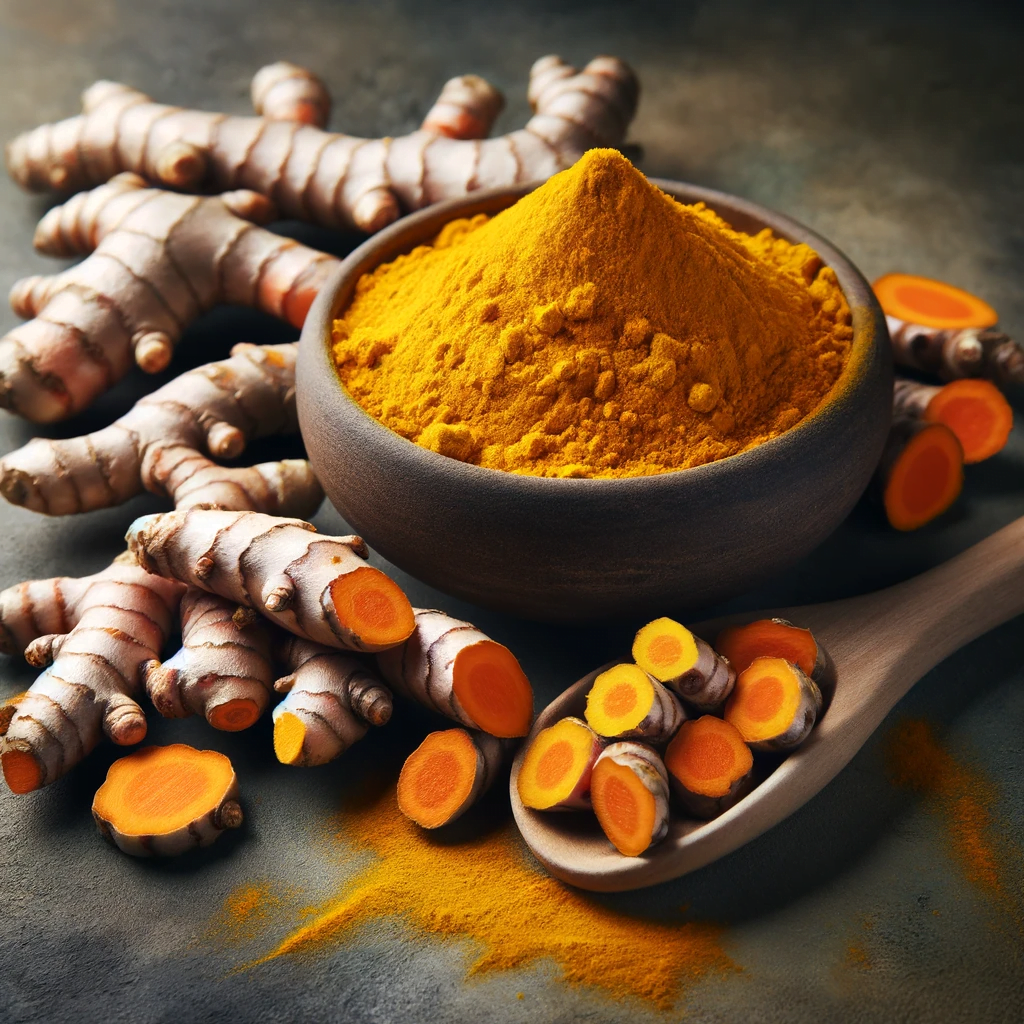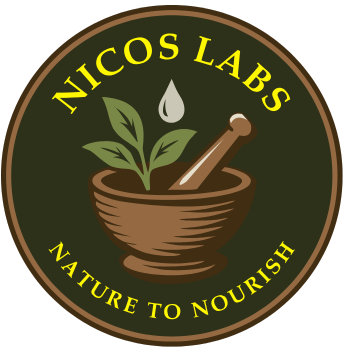Curcumin, one of the most powerful and celebrated herbs in both Ayurveda and modern herbal medicine.

🌿 Curcuma longa
Type: Perennial herb with underground rhizomes
Common Name: Turmeric
Hindi Name: Haldi
Sanskrit Name: Haridra, Gauri, Kanchani (meaning golden/yellow)
Botanical Name: Curcuma longa
Family: Zingiberaceae (Ginger family)
🌱 Plant Description
- Height: 3–4 feet
- Leaves: Long, lance-shaped, bright green
- Rhizomes: Underground stems (like ginger) – bright yellow-orange inside
- Flowers: Yellow-white, cone-shaped inflorescence
- Cultivation: Widely grown in India, SE Asia – thrives in warm, moist climates
🔬 Key Active Compounds
- Curcumin – The main bioactive compound (anti-inflammatory & antioxidant)
- Turmerone – Essential oil with anti-microbial properties
- Vitamins C, E, and beta-carotene
- Polysaccharides, Flavonoids
💊 Medicinal Uses of Turmeric
| Area | Benefits |
|---|---|
| Inflammation | Strong anti-inflammatory (helpful in arthritis, injuries) |
| Immunity | Enhances immune function, protects against infections |
| Liver | Detoxifies liver, supports bile flow |
| Digestion | Aids digestion, relieves bloating and gas |
| Skin | Heals wounds, acne, eczema, brightens complexion |
| Brain | Neuroprotective; may improve memory and mood |
| Heart | Improves circulation, reduces cholesterol and BP |
| Cancer | Curcumin studied for anti-cancer effects (early-stage research) |
🌼 Ayurvedic Properties
| Property | Description |
|---|---|
| Rasa (Taste) | Bitter, Astringent, Pungent |
| Virya (Potency) | Heating |
| Vipaka (Post-digestive effect) | Pungent |
| Effect on Doshas | Balances Kapha and Vata; may increase Pitta in excess |
Turmeric is used in many Ayurvedic formulations like Haridra Khand, Nimbadi Churna, and in Panchakarma therapies.
🧪 Forms of Use
- Powder (Haldi) – Common in cooking & medicine
- Fresh rhizome – Used in traditional remedies
- Capsules/Tablets – Standardized curcumin extracts (often with piperine/black pepper for absorption)
- Turmeric milk (Golden milk) – Traditional immune tonic
- Topical pastes – For skin glow, acne, wounds, etc.
- Kashaya (Decoction) – For respiratory or digestive issues
⚠️ Precautions
- May irritate if taken in excess, especially in Pitta-dominant individuals
- Avoid high doses if you have gallstones or bleeding disorders
- May interact with blood thinners, diabetes meds, and antacids
- Best absorbed with black pepper (piperine)
